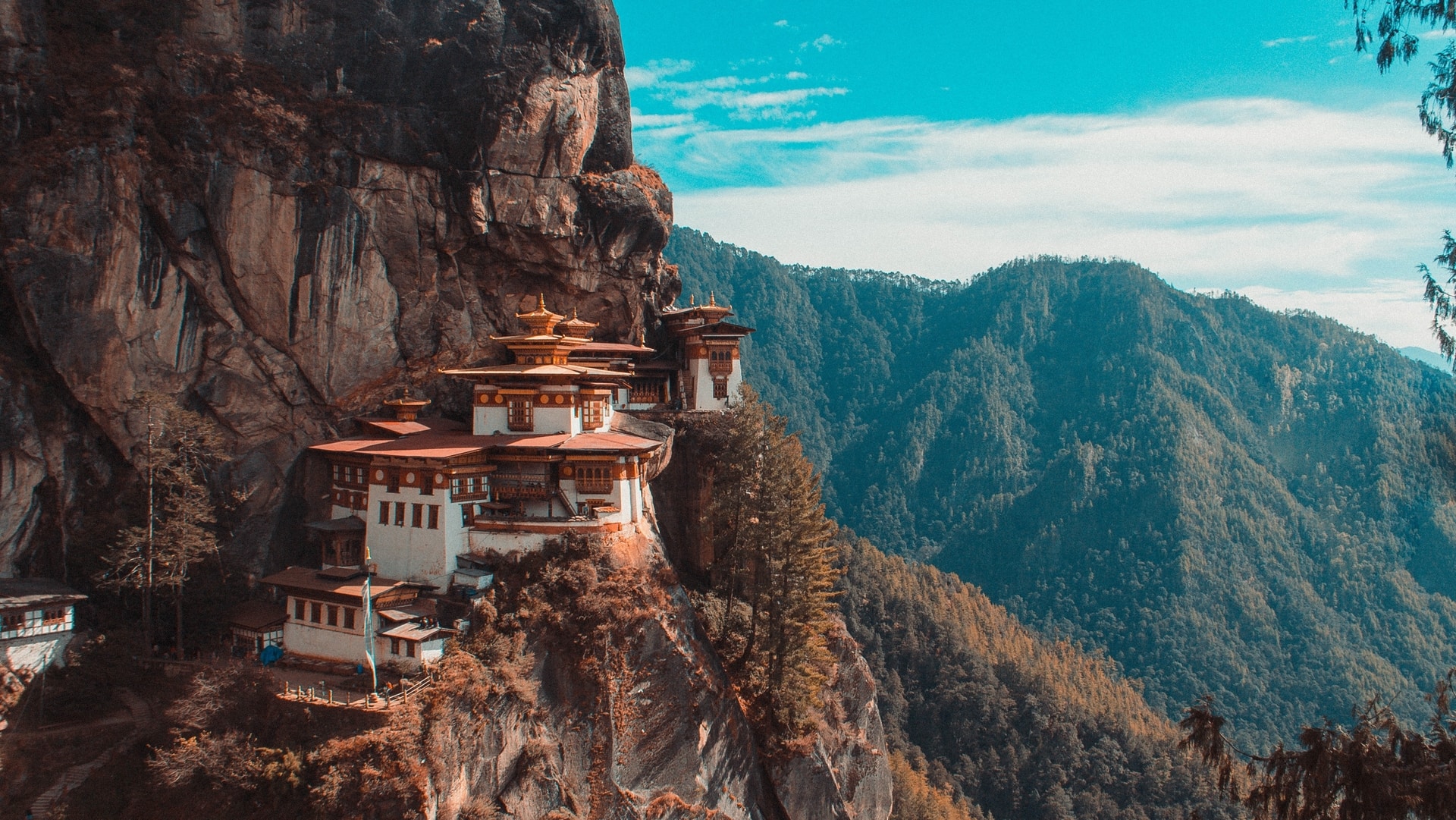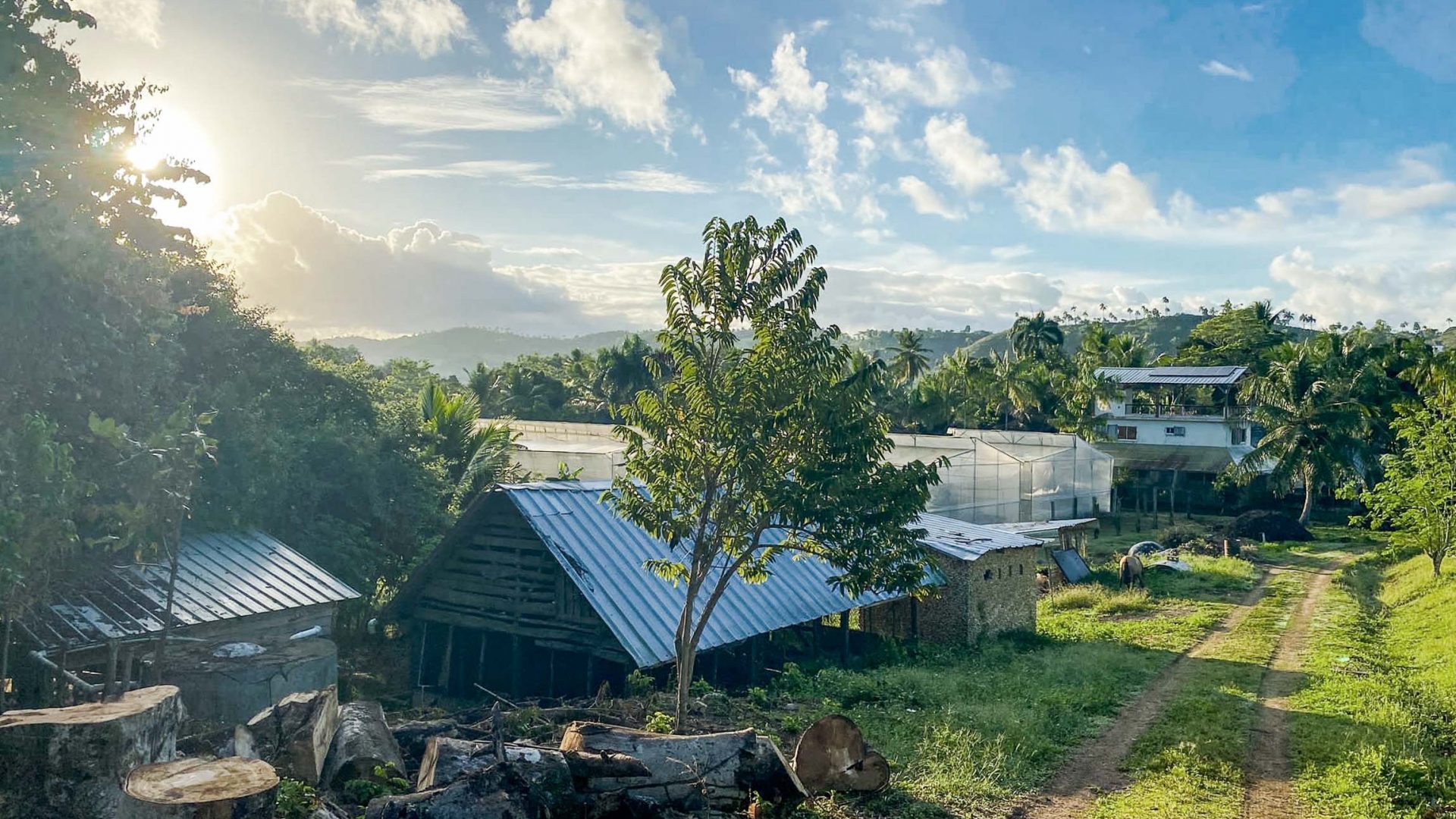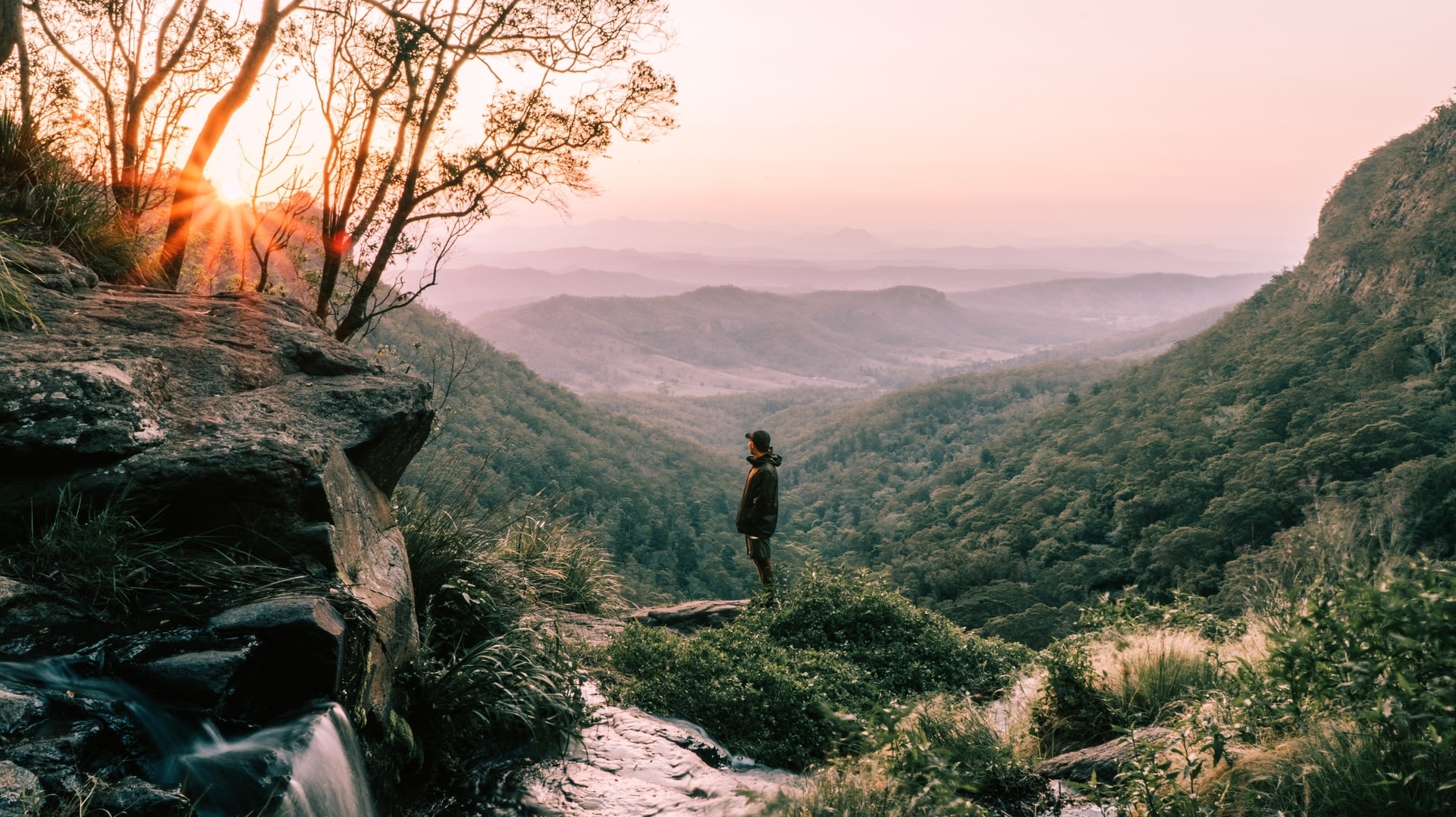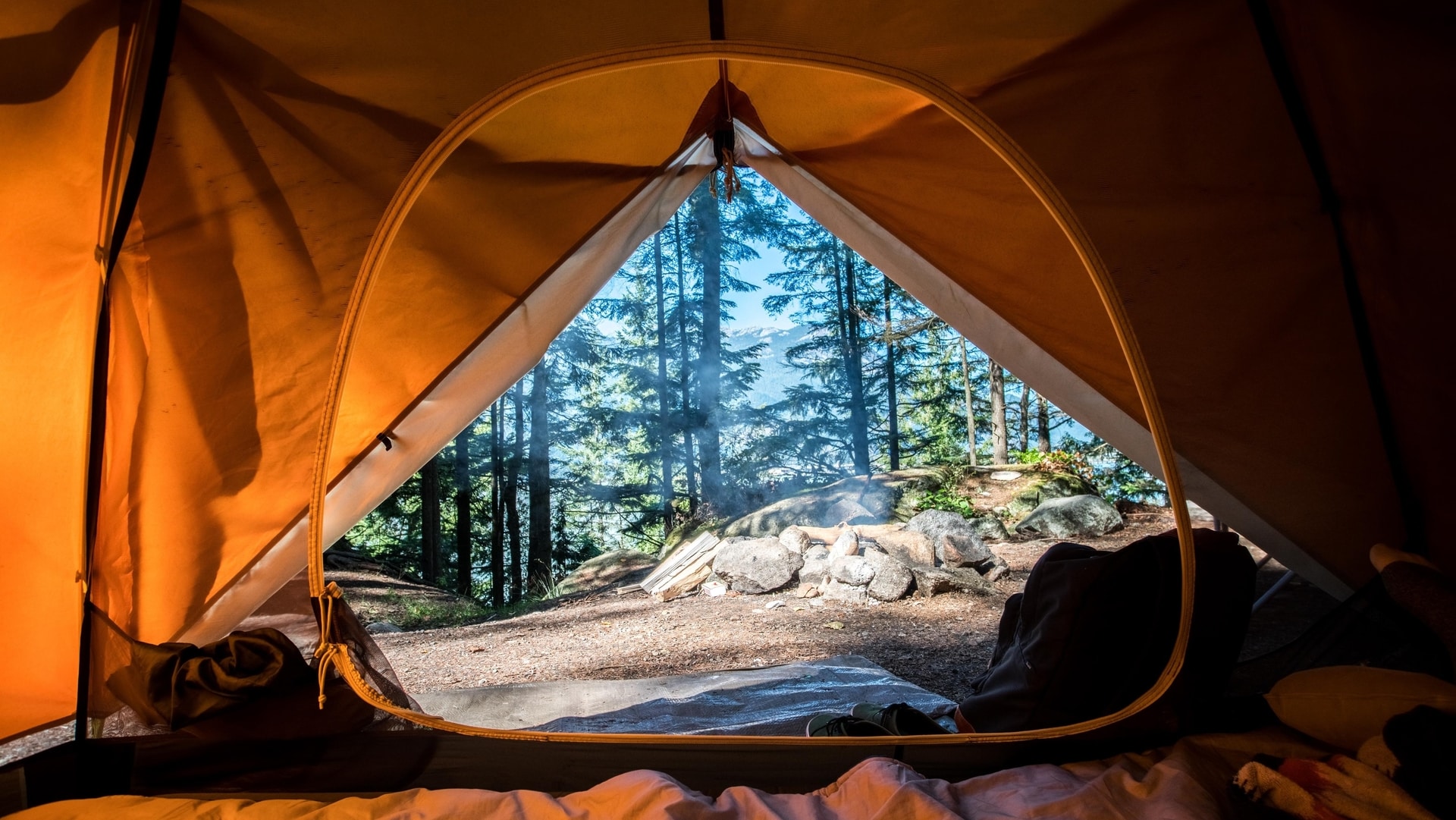
Closed in the 1960s, Bhutan’s historic 430-kilometer pilgrimage route is finally open to trekkers. The Trans Bhutan Trail covers 28 days, nine districts, 28 local governments and over 400 cultural sites (plus 10,000 stairs; thought we should mention that). And you can book right now.
After 60-odd years, the Himalayan Kingdom of Bhutan has decided to reopen its historic trekking route, the fabled Trans Bhutan Trail: a 430-kilometer switchback artery that connects some of the country’s most remote and beautiful landscapes.
The Trail fell into disuse when Bhutan introduced its national road network in the 1960s, and was officially closed shortly after. Now it’s back, thanks to the Tourism Council of Bhutan and the Bhutan Canada Foundation—an odd but kind of sweet cross-country partnership.
The trekking route runs from Eastern Bhutan to Western Tibet, winding its way through the Himalayas. It connects some of Bhutan’s most famous ‘Dzong’ monasteries, including Paro Takstang, AKA Tiger’s Nest, perched on the side of the Paro Valley. Most travelers should be able to walk it in 28-30 days, although the legendary Garp postal runners could apparently smash it out in less than a week. There are also shorter itineraries, if you only want to walk a section of the trail.
RELATED: Why countries are re-defining successful tourism
This is obviously great news for travelers, but also for the people of Bhutan, who can now walk in the footsteps of their ancestors, tracing over 500 years of local history.
In the 16th century, the Trail was Bhutan’s major thoroughfare and pilgrimage route, opening up trade and travel, and allowing monks to visit sacred sites high in the mountains. For historians, it was one of the big factors in uniting the kingdom’s provinces and ushering in Bhutanese nationalism in 1906. Of course, it’s been sitting dormant for the better part of 60 years, so getting it trek-ready was a big job.
In 2018, work began on repairing the Trail, overseen by King Jigme Khesar Namgyel Wangchuck. Over 900 furloughed workers and specially appointed volunteers, or ‘De-suups’, walked the entire route, carefully restoring every inch by hand, building new footpaths, fixing crossings and updating the signage. 18 major bridges had to be re-built and signed off.
According to Bhutan Canada Foundation chair Sam Blyth, the project aims to “restore an ancient cultural icon and provide a sustainable, net zero experience in the country for pilgrims and travelers.”
We see the trail as much more than a path. Spanning the world’s sole carbon-negative country, the Trail allows the Bhutanese to rediscover generations’ worth of ancient stories.
Sam Blyth | Bhutan Canada Foundation
Bhutan is in an interesting spot right now. It’s actually one of the countries that suffered least from the pandemic (there were three recorded COVID deaths as of the beginning of 2022). But with the re-opening of international borders, and the launch of the new trekking route, Bhutan is about to welcome a lot of travelers.
For the past two years, King Jigme Khesar Namgyel Wangchuck has literally been traveling across the country—by foot, horse and road—making sure Bhutan is COVID-ready. He’s doing a cracking job, too. Bhutan was one of the fastest countries to hit 90 per cent vaccination among its adult population.
The Trail will also continue Bhutan’s commitment to low-carbon, sustainable travel. Bhutan was the first carbon negative country in the world, and there’s still a $250 daily traveler tariff in place, designed to limit tourism’s impact on the agrarian nation and support local communities. This fee will apply to the Trans Bhutan Trail as well. Just something to keep in mind when planning your trip budget.
“The Trans Bhutan Trail is a game-changing, not-for-profit sustainable tourism initiative, restoring a unique piece of Bhutan’s cultural heritage for the benefit of its people,” says Brad John-Davis, the Trail’s Director of Development. “For the first time in over half a century, The Trail has reconnected Bhutan’s traditional communities, and will contribute to sustainable livelihoods, preserving and celebrating the local people’s traditional culture, as well as protecting the delicate ecosystems which the Trail crosses.”
RELATED: Against all the odds, one man is making honey in the desert of Qatar
Bhutan already has a proud trekking history. Before the pandemic, the country’s 25-day Snow Man Trail along the Tibetan border was considered one of the toughest going around, and eastern regions like Merak and Sakteng are already famous for their ‘Yeti Trails’. The new route will focus on community jobs, homestays and regional education, which are all crucial for Bhutan’s more remote areas.
The idea is to build up the country’s tourism infrastructure slowly, carefully, sustainably, with proceeds running direct to communities. Unlike some Himalayan neighbours, particularly Nepal, who have seen traveler numbers explode over the last 20 years, and whose tourism wealth is often distributed unequally.
The Trail’s website sums it up nicely: “Not only has the Trail allowed the Bhutanese to again walk in the footsteps of their ancestors to rediscover generations’ worth of stories and history, it also highlights the Kingdom’s core principles concerning the environment and sustainable development.”
If you’d like to book your spot on the Trans Bhutan Trail, check out the website. You can book directly, and all proceeds will flow back to communities in rural Bhutan. Many tour companies are also running guided treks.







